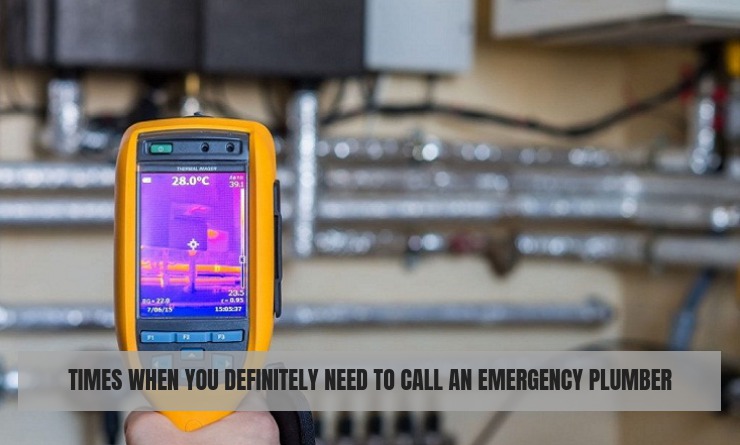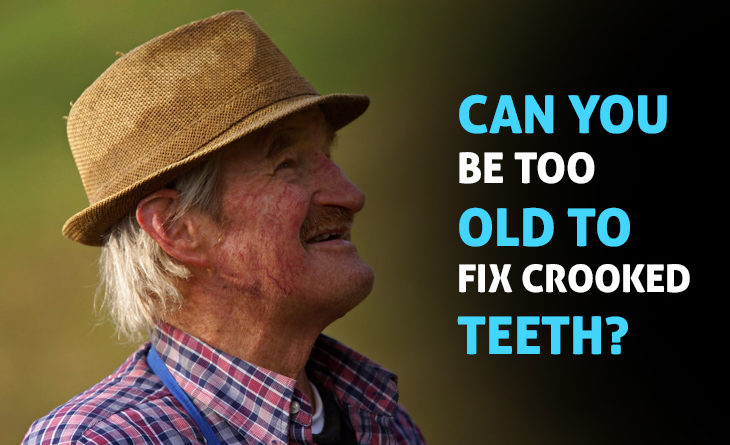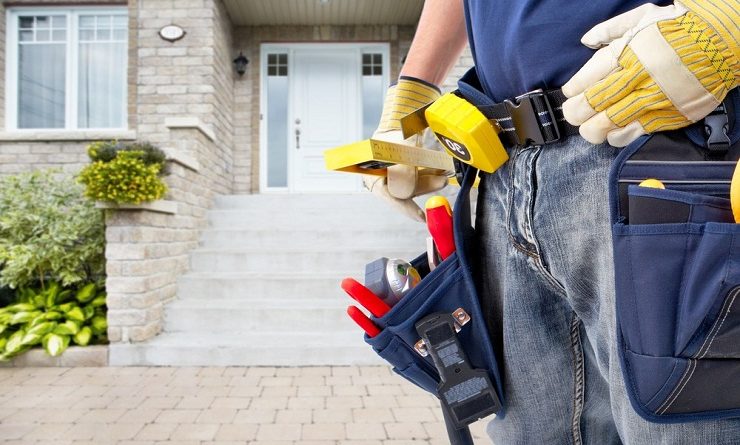Keeping your kids amused isn’t as easy as it used to be. The western world has toggled between extremes. In the fifties and sixties, children were largely left to their own devices. They could play wherever they liked and with whomever they liked, as long as they were home before dark. Then the 80s and 90s introduced helicopter parenting, where parents tried to schedule every minute of their kids’ time.
Today, we’re trying to find a middle ground. Installing an outdoor playset in the yard ensures the kids stay close to home and protects them from stranger danger, but it also gets them outside and gives them some measure of autonomy. However, just because you know where they are doesn’t mean you should leave them unsupervised. Keep an eye on them, making sure they don’t play too rough, and offering a first-aid-kiss when needed.
Soften their falls
Public playgrounds often have floors made of concrete, asphalt, or grass, which isn’t the best surface to fall on. When you install your home playset, ensure the soft fall area is well cushioned. This protective landing bay should extend roughly six feet beyond the playset boundary in every direction. For climbing sets, the area in the middle of the playset should be protected too, in case of vertical falls. Higher swings need wider soft falls.
Rubber mats offer the best soft surfacing, though you can also use artificial soft turf. The flooring materials should never be trampled or packed down, because this hardens the surface. Instead, try loose flooring options like wood chips, shredded rubber, pea gravel, or mulch. If the ground is concrete, blacktop, or asphalt, apply multiple layers of protection.
Put impact mats on the ground and cover that with 3 to 6 inches of loose-fill. Then put a cloth above that and add another 3 to 6 inches of loose soft filling. The depth of your flooring material depends on the height of the playset. Include the height of the child in your measurement. If a child stands at the top of the playset, and the top of his or her head is 8 feet above the ground, you need 12 inches of loose floor filling.
Age-appropriate selection
Many playset manufacturers divide their modular units into three age groups. Toddlers and infants are under 2 years of age, while pre-school playsets cover age 2 to 5. School-age playsets are designed for ages 5 to 12. Bigger kids can break playsets intended for a younger age bracket, while the ‘babies’ can hurt themselves if they attempt to use playsets above the age grade. The proportions are all wrong for their shorter muscle groups and bones.
Spacing protects the kids as well. If you have any holes, gaps, or rungs, they should either be smaller than 8cm or wider than 20cm to prevent tiny heads or body parts from getting stuck. Nets that have a perimeter larger than half a metre could trap a child, so go for smaller nets. For swings, make sure there’s at least 2 feet between the seats, and 75cm between the outer side of the swing and the swing frame.
In general, if the playset is higher than 75cm, there should be a 9 foot gap between it and the neighbouring playset. If the playset has moving parts, inspect them carefully to see if there are parts where kids can pinch themselves or crush their fingers. Put these playsets in a separate area from stationary playsets. Examples are swings, merry-go-rounds, and see-saws.
Targeted safety guidelines
If the playset has any raised platforms or high portions, hem them in using guard rails and barriers to minimise falls. Inspect the playset regularly for paint chips, rust, rough edges, wood splinters, and potentially harmful wear and tear. Sand down sharp corners and edges to prevent cuts and bruises. Always use paint and dye that is child-safe and waterproof.
Teach kids basic safety tips – like no pushing on the playground – and always check before sliding or swinging, to make sure there are no other kids in the way. Remind them not to play on hot or wet surfaces, and check that their play clothes don’t have strings or laces that could trip them or get tangled in the playset.
Some safety tips go counter to kids’ preferred ways of playing, so just keep an eye on them. For example, kids shouldn’t slide on their tummies, kneel on swings, kick off the ground on see-saws, or play hands-free on a log roll. Enforcing all these rules can be exhausting, especially since the unsafe options seem to be what kids instinctively want to do. That’s why adult supervision is still the first and most important law of playground safety.



